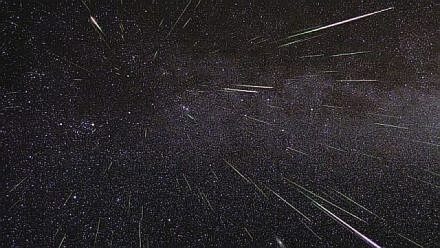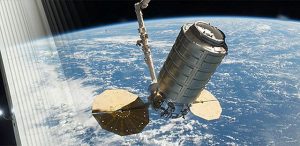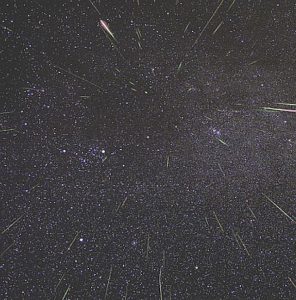
Instead of merely staying inside late tonight or tomorrow night (actually very early Tuesday or Wednesday morning), find a spot outside your abode to catch the Lyrid meteor shower while it peaks April 21-22, 2020.
Meteor enthusiasts have been watching the Lyrids for centuries. Among the oldest recorded meteor shower, it was supposedly first noticed 2,900 years ago.
The timing this year is perfect because the moon won’t be interfering as it is in its new phase April 20 and will be just a thin crescent April 22.
Most sky watching sites suggest dressing warm and lying down in or on a sleeping bag with feet pointing east, then looking up and letting the eyes adjust to the night sky. This year, experts predict between 10 to 20 meteors per hour during the peak.
What may help is that the Lyrids are bright and have a long tail of dust. But they are also fast at 30 miles per second.
The shower is called the Lyrids because the meteors appear to radiate from the Lyra the Harp constellation near the bright Vega star.
What you are seeing is debris that has crossed the earth’s orbit from the Thatcher comet. The comet, itself, take about 415 years to orbit around the Sun so earthling won’t be able to see that comet again until 2276.
To learn more about the Lyrids and meteors visit NASA, TimeandDate, EarthSky and Space.


